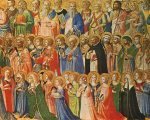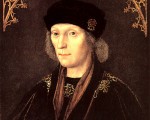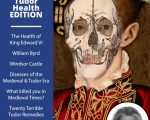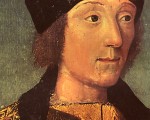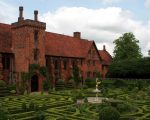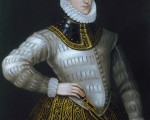On this day in history, 17th October 1586, the poet, courtier and soldier, Sir Philip Sidney, died as a result of an injury inflicted by the Spanish forces at the Battle of Zutphen in the Netherlands. His body was returned to England and laid to rest on the 16th February 1587 in St Paul’s Cathedral.
Philip Sidney was born on the 30th November 1554 at Penshurst Place, Kent. He was the eldest son of Sir Henry Dudley and Lady Mary Dudley, sister of Elizabeth’s favourite, Robert Dudley, Earl of Leicester, and daughter of John Dudley, the Duke of Northumberland. Sidney was educated at Shrewsbury School, where he met Fulke Greville, and Christchurch, Oxford, and in 1572 he was chosen by Elizabeth I to undertake an embassy to France to negotiate a marriage between the Queen and the Duke of Alençon.
[Read More...]







